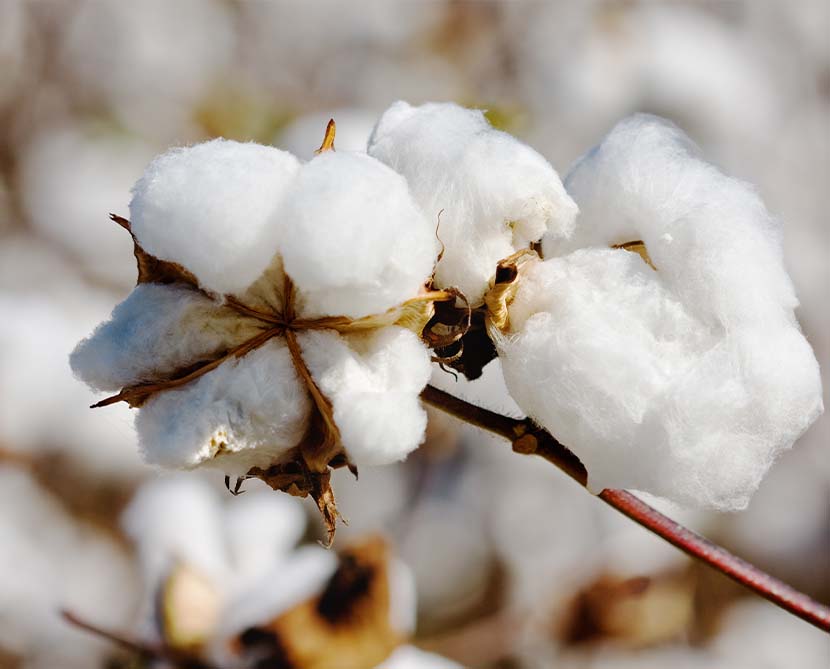
The Organic Cotton
revolution
When we think about natural fabrics, cotton is probably one of the first that comes to mind. But is cotton also sustainable, and what is the difference between cotton and organic cotton? The organic movement began in the early 1900s in response to the shift towards synthetic nitrogen fertilizers and pesticides in the early days of industrial agriculture. The term “organic farming” was coined by Lord Northbourne in 1940. He developed the concept of the farm as an organism, with a holistic and ecologically balanced approach. In recent years, environmental awareness has driven demand and conversion to organic farming.
Some governments, including the European Union, have begun to support organic farming through agricultural subsidy reform and promoted various legislation and certification standards. In the 2000s, the worldwide market for organic products (including food, beauty, health, body care, household products, and fabrics) has grown rapidly. More countries are establishing formal, government-regulated Organic certification.
The organic movement has involved the clothing sector as well, because everything grown from the land at a large scale is subject to chemicals. The world currently produces 25.9 million tonnes of cotton every year. Eight countries – India, China, USA, Brazil, Pakistan, Turkey, Uzbekistan, and Mexico – account for more than 85% of total production. To increase production, the farmers use huge quantities of pesticides and insecticides. Even though cotton is a natural product because of its biodegradability, it has a dark side in terms of sustainability. Its production is haunted by claims of pollution, exploitation, and slavery.
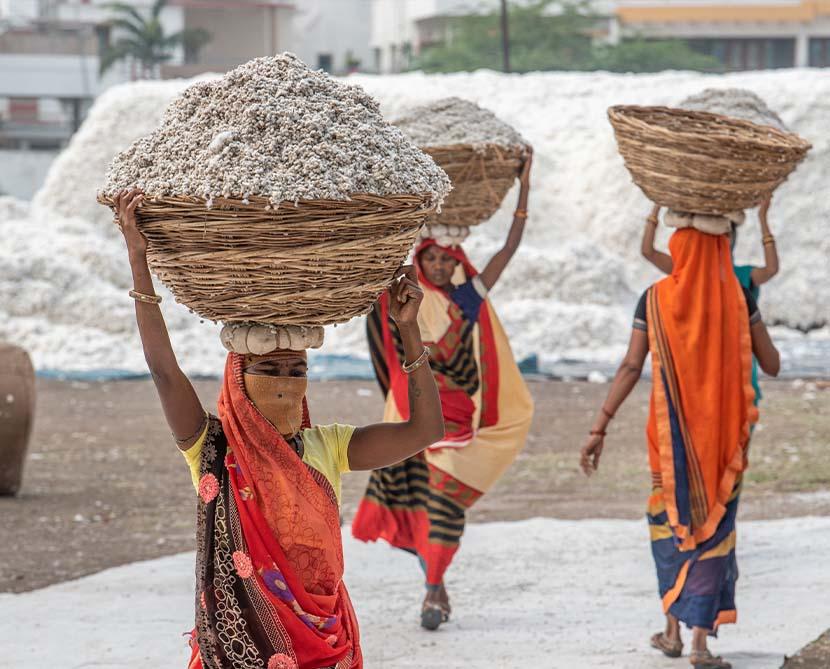
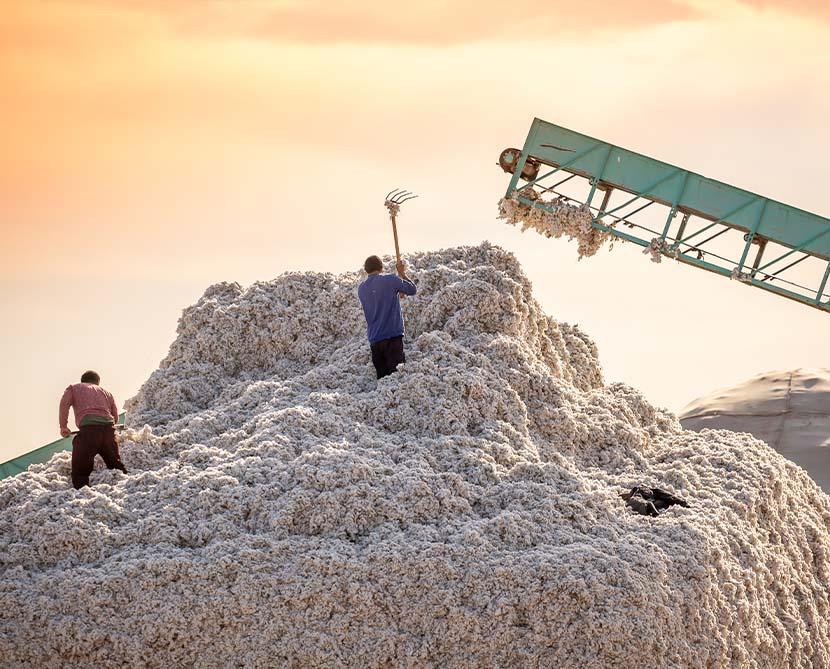
Effects
on the planet
Cotton specifically requires heavy amounts of pesticides, 80% of which are considered “moderately to highly hazardous” by the World Health Organization. It takes one-third of a pound of synthetic fertilizers to grow enough conventional cotton to make one t-shirt. It requires a lot of water to grow and is primarily grown in arid conditions. This means that not only are vast amounts of water used to grow cotton for clothes every year, but the production is also contributing to water basins drying up. Another side effect is water getting polluted by the use of chemicals in the production and dyeing processes. It is costly to safely dispose of the hazardous chemicals often used in fabric dyeing, and pressure to produce clothing more cheaply often results in the contamination of river systems.
Effects
on the people
Besides our planet, cotton production also has considerably negative effects on people. Slave trade and slave labour have sadly been commonplace in the cotton industry, and unfortunately, there are still allegations of child slavery and forced labor linked to this sector. The life of farmers working in the cotton industry is also affected by the huge amount of chemicals used. The pesticides contaminate the food and water supplies, and it’s the local communities that suffer from diseases and even congenital disabilities. Additionally, the pesticides applied during clothing manufacturing (which include petroleum scours, heavy metals, flame retardants, ammonia, and formaldehyde) can also be detected in our clothes. All in all pretty dark, isn’t it?
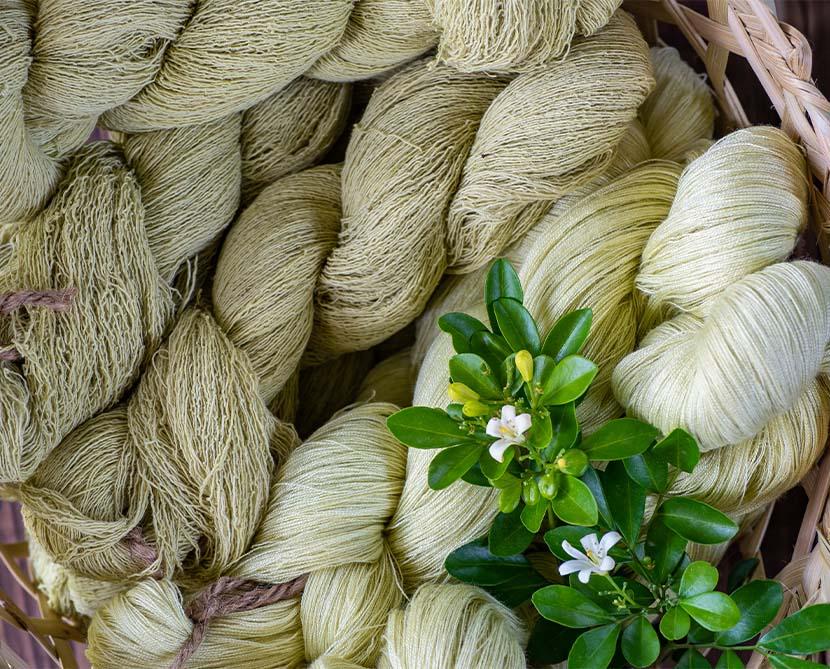
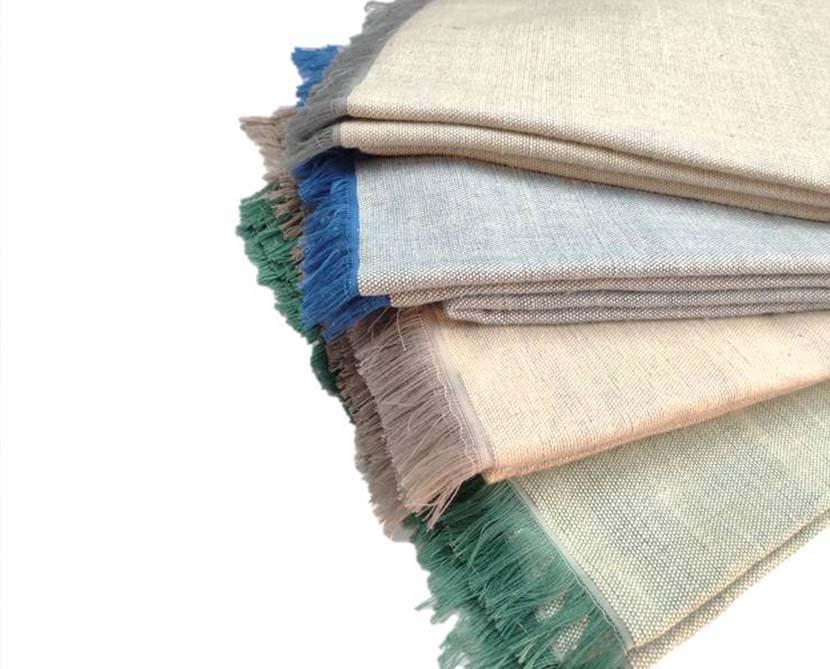
Organic cotton is a more
sustainable solution
Just like it’s the case for our food, the cotton industry is also developing and investing in organic alternatives. Organic cotton production uses organic pesticides, fertilizers, and herbicides, so the land stays fertile much longer. Besides, the workers’ health conditions improve because of fewer contaminations of the water and the food. The energy demands of organic cotton are also much lower. A life cycle analysis found that the energy demand for organic cotton was 62% lower than for conventional cotton. Organic cotton requires also 88% less water than its conventional counterpart. Child and forced labor are naturally banned. Safe and hygienic working conditions, no workplace discrimination, and fair pay rates are respected.
At the processing level, there are none of the toxic chemicals (formaldehyde, heavy metals, flame retardants, softeners, or ammonia) commonly found in conventional cotton. It means that the clothes we wear are safer for us since they don’t contain the myriad of chemicals often found in conventional cotton garments. And because organic cotton hasn’t been processed with harsh chemicals, it’s more durable than conventional cotton.
It is worth seeking out organic cotton alternatives, even though they are more expensive. The higher price is justified because organic cotton takes more time and more hands-on labor. Instead of spraying chemicals over everything, it requires careful planning (and perhaps manual weeding). Organic cotton is softer, more durable, and better for the people that work on those lands, and for our skins. Once you have chosen to invest in organic cotton, it’s important to be sure that the product is legitimately organic.
The GOTS AND OEKO-Tex
standard certifications
Certain accreditations guarantee the fabric is organic-approved and/or safe for our skin. The Global Organic Textile Standard, or GOTS for short, was founded by four organizations: Organic Trade Association (USA), Internationaler Verband der Naturtextilwirtschaft (Germany), The Soil Association (UK), and Japan Organic Cotton Association (Japan).
GOTS certification only applies to organic fibers certified by any international or national standard that meets IFOAM standards. Those that contain a minimum of 70% certified fibers can carry the GOTS label, while those with at least 95% certified organic fibers can be deemed fully GOTS organic. It is mandatory that GOTS-certified entities meet all ecological and social criteria and are annually inspected by accredited certifiers.
The label Oeko-Tex stands for harmless for human health, meaning every component, thread, button, and other accessories of that article has been tested for harmful substances. At Samarali we are working hard to offer the best product for you and the planet. All our meditation pillow covers and cotton mats have GOTS certification, while all Yoga apparel is Oeko-Tex certified.

